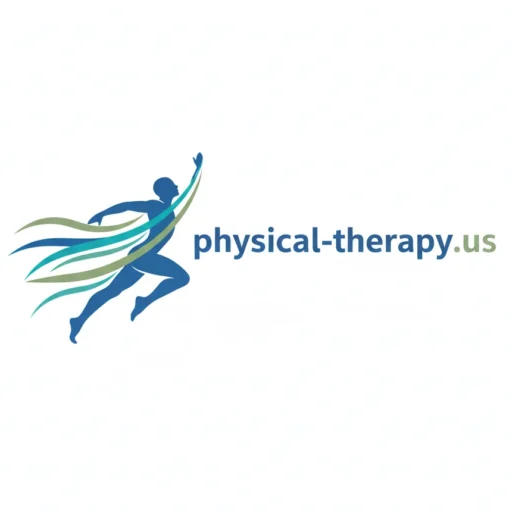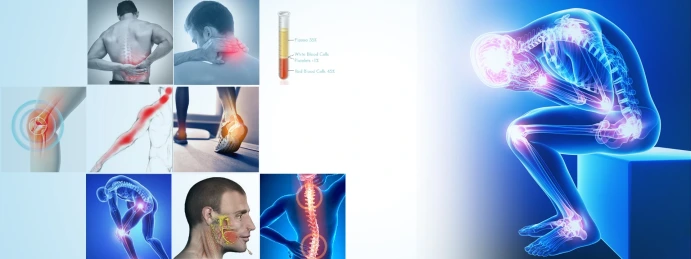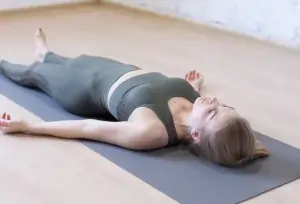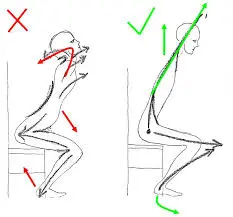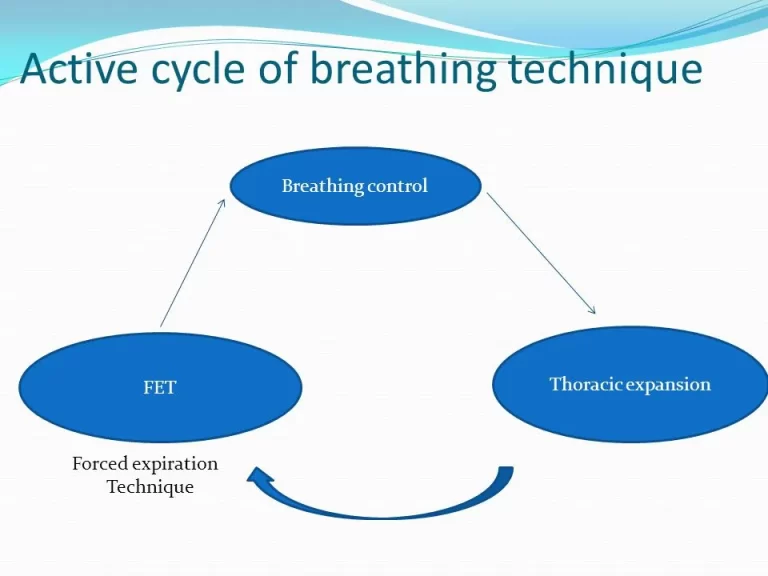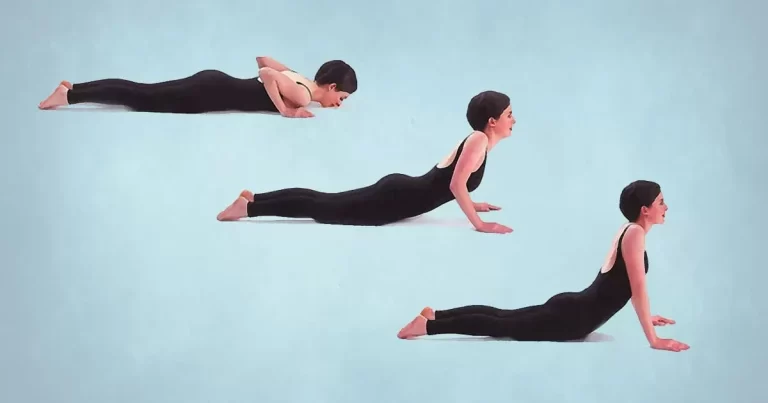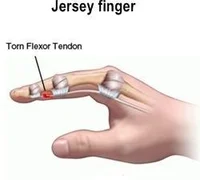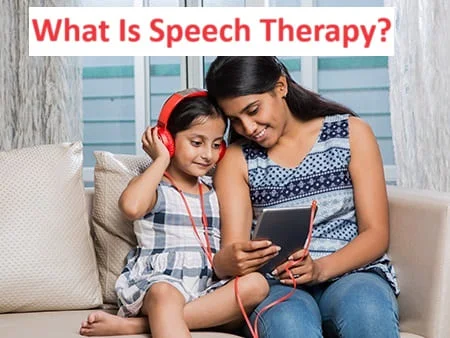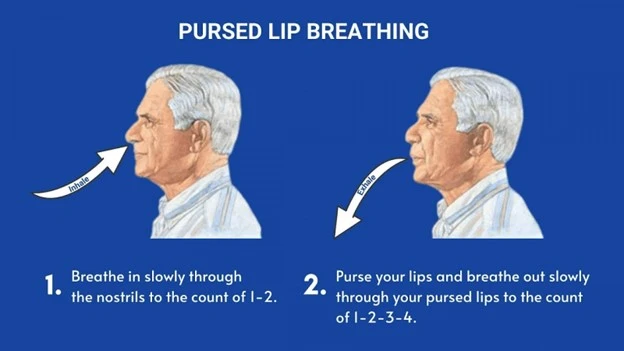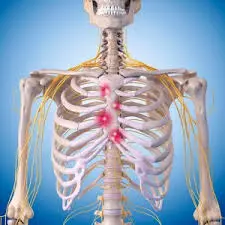Pain Management
During a pain management plan, medical professionals help you manage pain of all kinds and causes. Medication, surgery, therapy, and complementary medicine methods are some of the methods used to manage pain. People with chronic (long-lasting) pain can feel better and live better thanks to these plans. Pain management: What is it? With the use…
